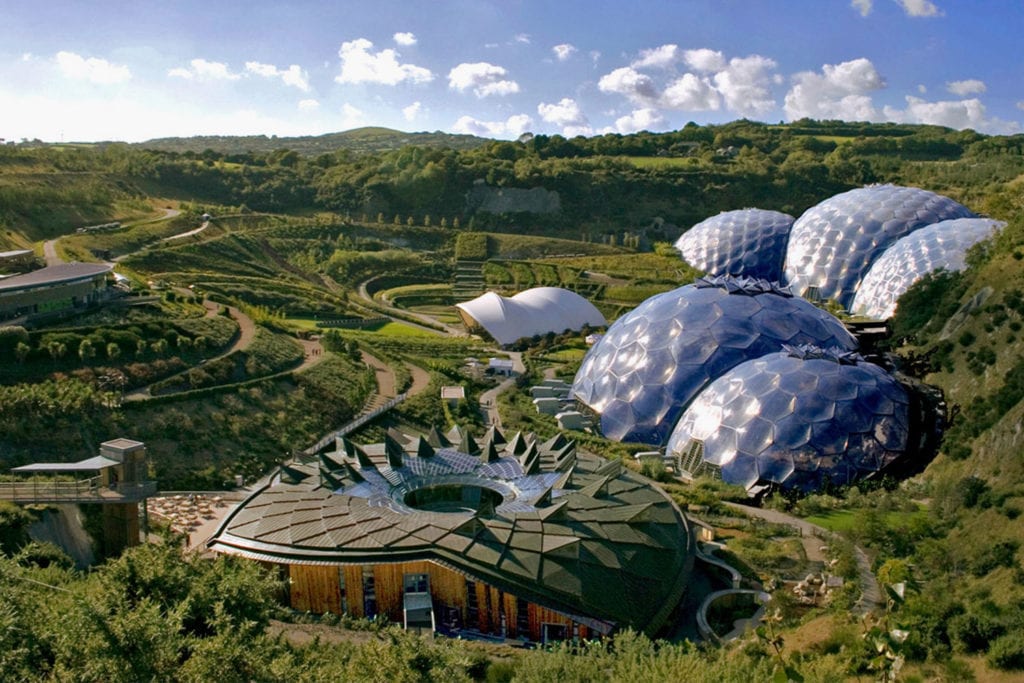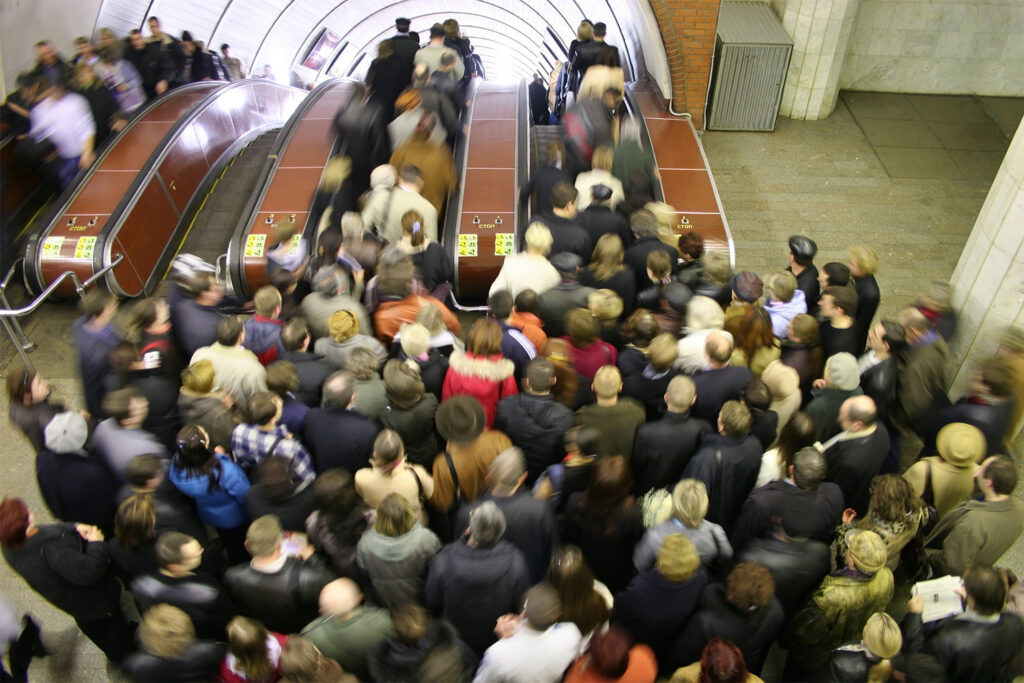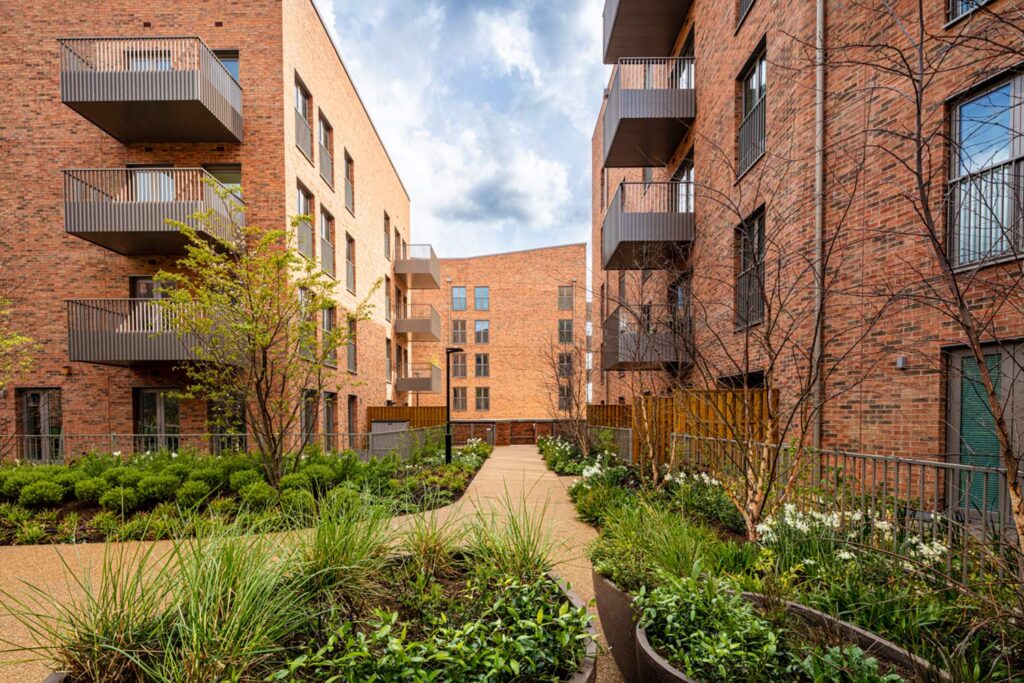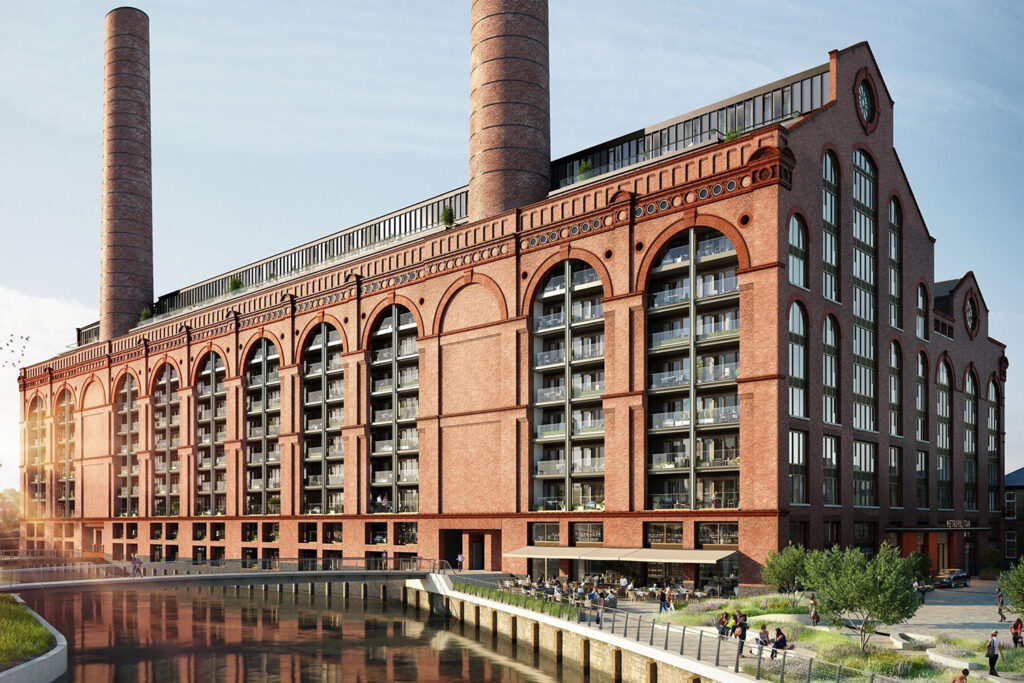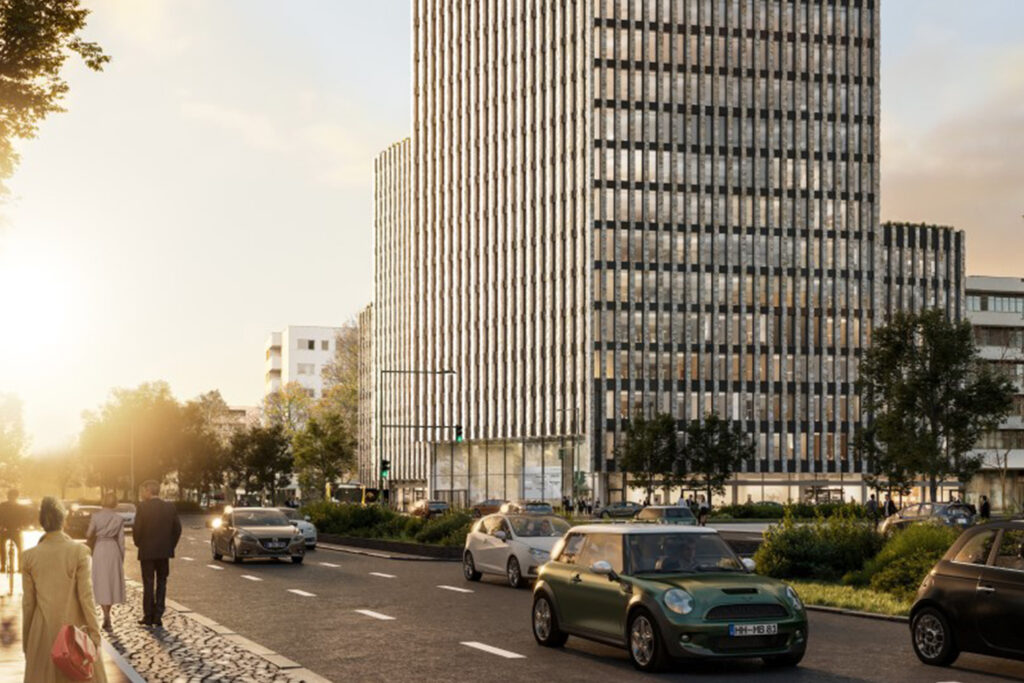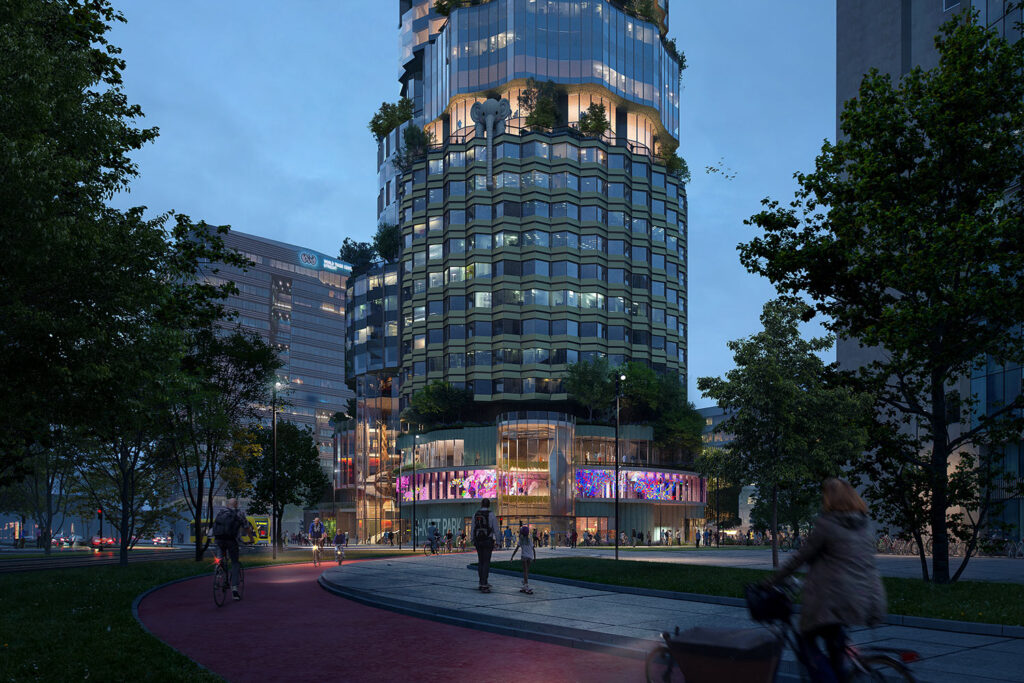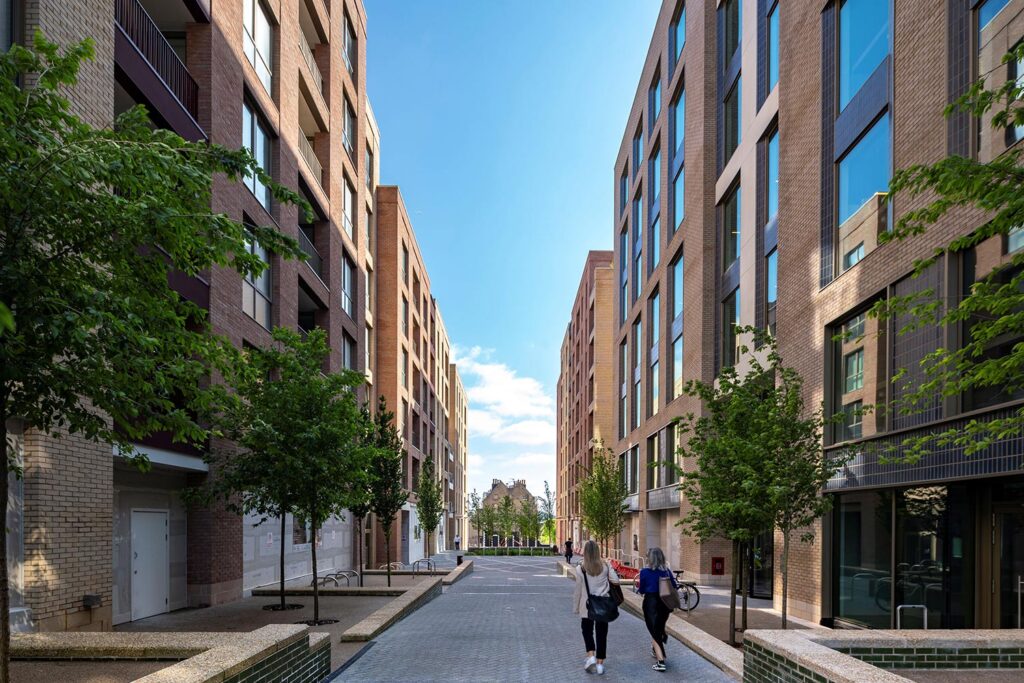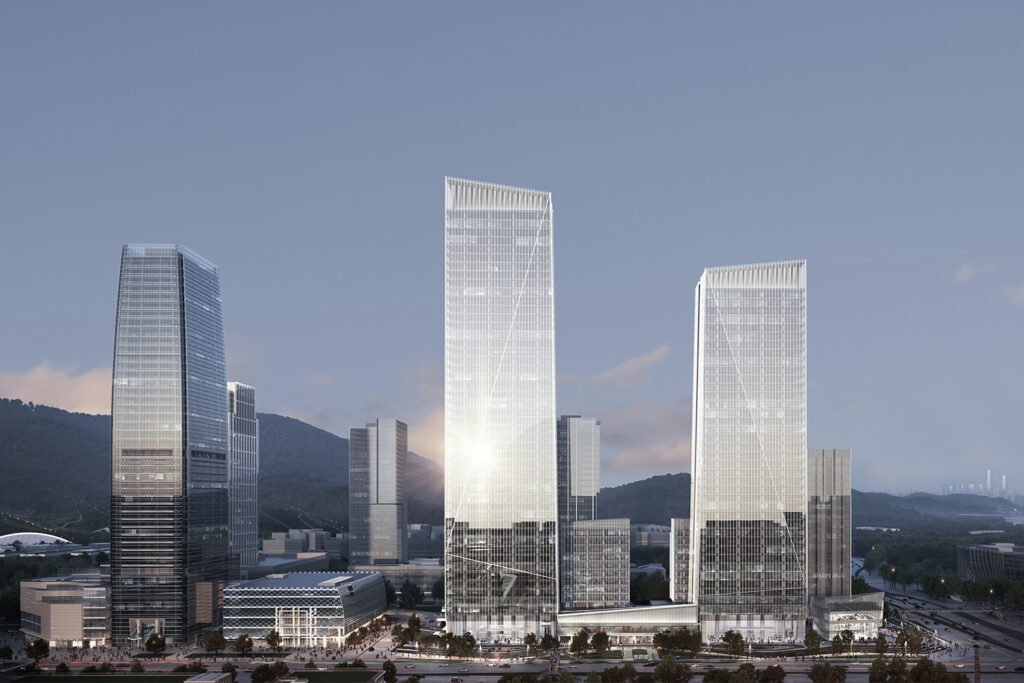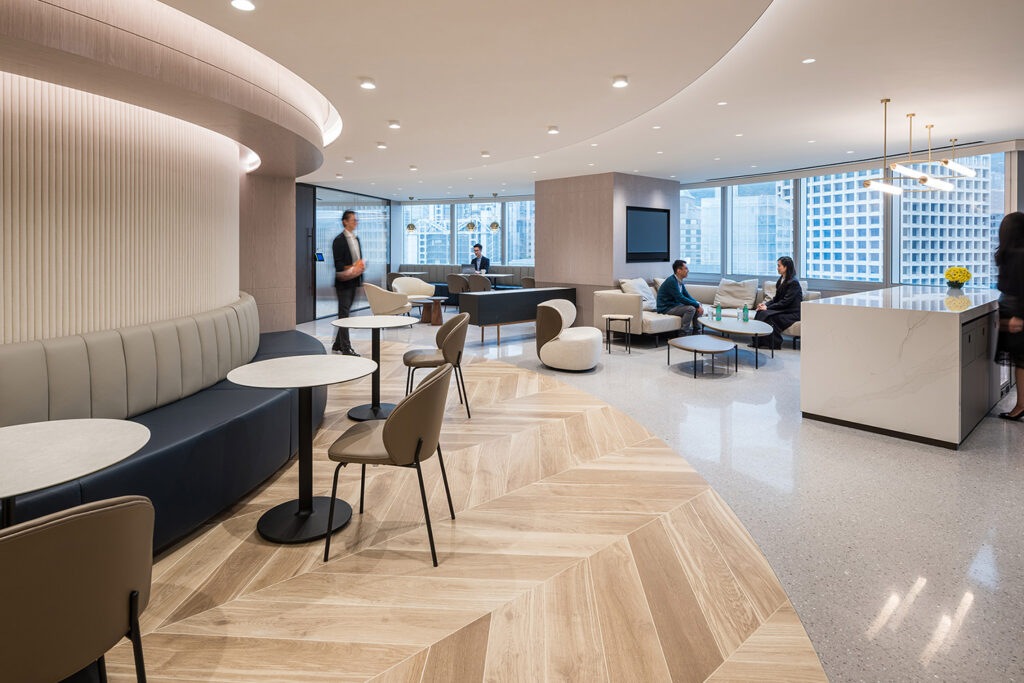Zero Carbon West of England Workshop
How does the West of England get to zero carbon heat by 2030?
This was the question addressed in a workshop held in November – hosted by Buro Happold and Zero West, with sponsor Vattenfall. The event was packed – everyone was excited to be involved in the future of energy in the region, with attendees including business leaders, local government officers and industry experts.
The challenge and scale of decarbonisation of heat is clear…
Justin Etherington, Buro Happold
There were many things that we could all agree on:
- This is a really challenging thing to do, which we have been talking about for a long time but not made fast enough progress on.
- The 2030 target may seem unrealistic to achieve, but it focuses our minds to act decisively now, rather than feeling like we can spend more time planning and analysing to get the perfect solution.
- Improving building fabrics to reduce the energy we need to keep warm is essential but there is a total lack of policy drivers to encourage people and businesses to act
- Getting the detailed design of building fabric improvements right is vital, but the incentive for skilled tradespeople to work in this sector is limited by the limited market.
While we all agreed that it is time to act, fast, and not delay by questioning what we need to do, there were some different views on how best to deliver zero carbon heat.
Simon Roberts, the chief executive of the Centre of Sustainable Energy (CSE), made a strong case for focusing on district heating with heat pumps, in an all-electric system that would involve retiring the gas grid.
CSE’s analysis for Bristol City Council has concluded that this is the least-cost approach to achieving zero carbon heat by 2030. However, the logistics of delivering the scale of district heating networks and electric grid reinforcement proposed within the next 10 years will be challenging.
“We need to start proving the use of hydrogen as a heating fuel, including where is comes from,” said Alasdair Young, Buro Happold, Partner – Energy. He continued, “It is only low carbon if it is made using renewable electricity, or where it’s made from natural gas if enough carbon can be stripped and stored for the long term.
In either case costs are likely to be significantly higher than using natural gas. In the meantime expanding heat networks makes sense as they can use a variety of energy sources including heat pumps, waste heat or hydrogen.”
On the other hand, Kiwa GasTech outlined the role that hydrogen could play, and the potential for the gas network to provide diversity of infrastructure in a zero carbon future. This approach to networks is being explored in detail by Wales and West Utilities who own and run the gas distribution network, and clearly have an interest in exploring the future role of the infrastructure they manage.
Should we keep this option on the table, with its potential benefits of reduced need for electricity and heat network investment, and the resilience provided by using multiple network infrastructures? Or should we close off this avenue in the interests of rapid and decisive action?

Electricity network operators are now required to produce local area energy plans, a service where Buro Happold has worked with over twenty-five local authorities looking at integrating heat, power and low carbon gas networks.
Justin Etherington, Buro Happold, Associate Director, Energy commented “The challenge and scale of decarbonisation of heat is clear. We have many of the solutions and great resources. However, the urgency of change needs greater clarity, strength and leadership of regional strategy to allow a multi-vector response to deliver technical and commercial solutions in an aligned and coordinated way. In this challenge there is great opportunity for re-skilling to maximise efficiency and meet delivery targets.”
Regardless of how we deliver zero carbon heat, the business models on the consumption side need to change. Bristol Energy provided an exciting explanation of their development of ‘heat as a service’ business models, which would guarantee a certain level of comfort and warmth to consumers, and put the responsibility for improved energy efficiency with the supplier. This could be complementary to the CSE ‘Futureproof’ project described by Kate Watson, which aims to kick start the market for the next 1 million owner-occupied, able to pay home retrofits.
Both of these approaches to consumer-side action are challenged by the low unit price of gas, which limits the financial viability and payback period of energy efficiency investment. Addressing fuel poverty and ensuring that everyone can afford to keep warm is important, and should be a core part of any climate emergency plan, but there are many ways to achieve this which don’t rely on a low unit price of energy.
Grants for energy efficiency, affordable warmth grants, and generally addressing inequality in society are good alternatives. Rufus Ford, Vattenfall stated “For me our interest is in investing in heat networks which I think in any heat decarbonisation scenario they’re going to be an important part of the picture.”

We will be publishing a full report with the findings of the event, and the detailed responses from participants at the workshop in the new year.
The presentations given are available to download from the Zero West website.
